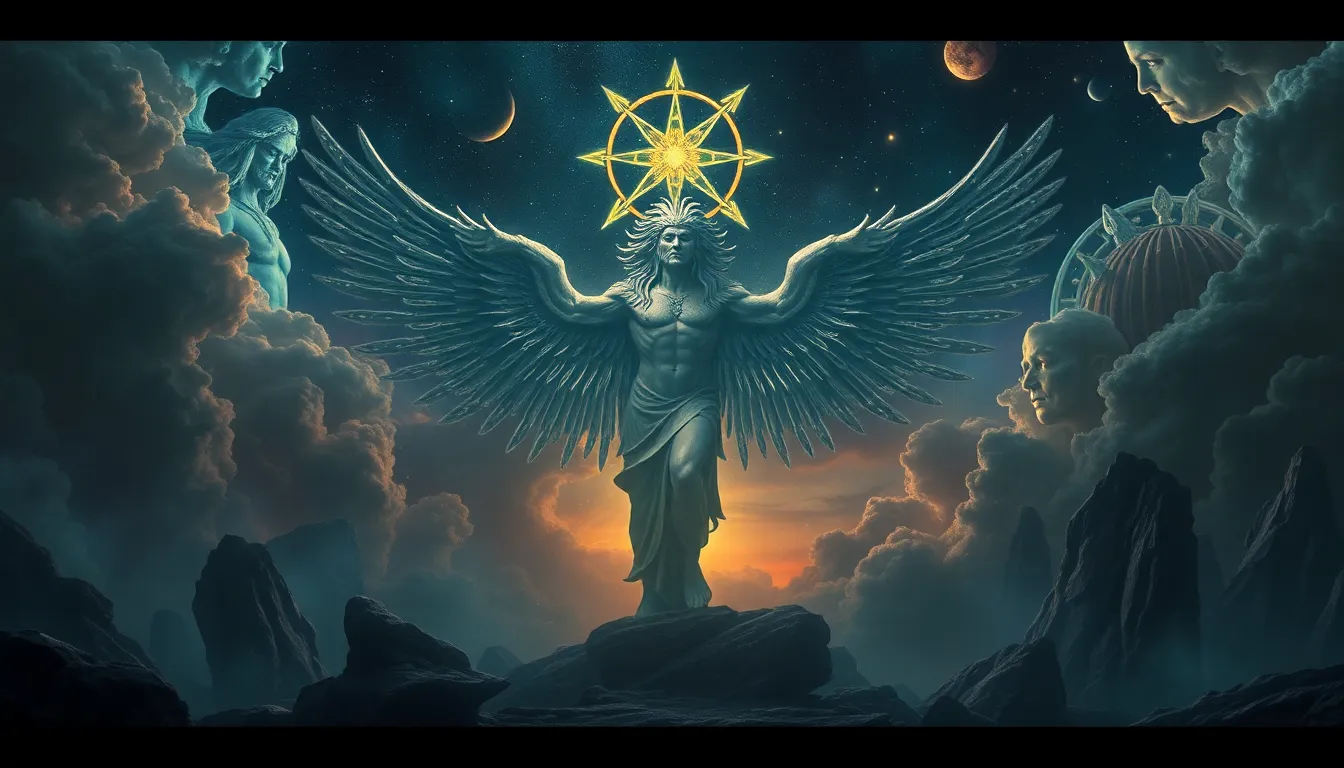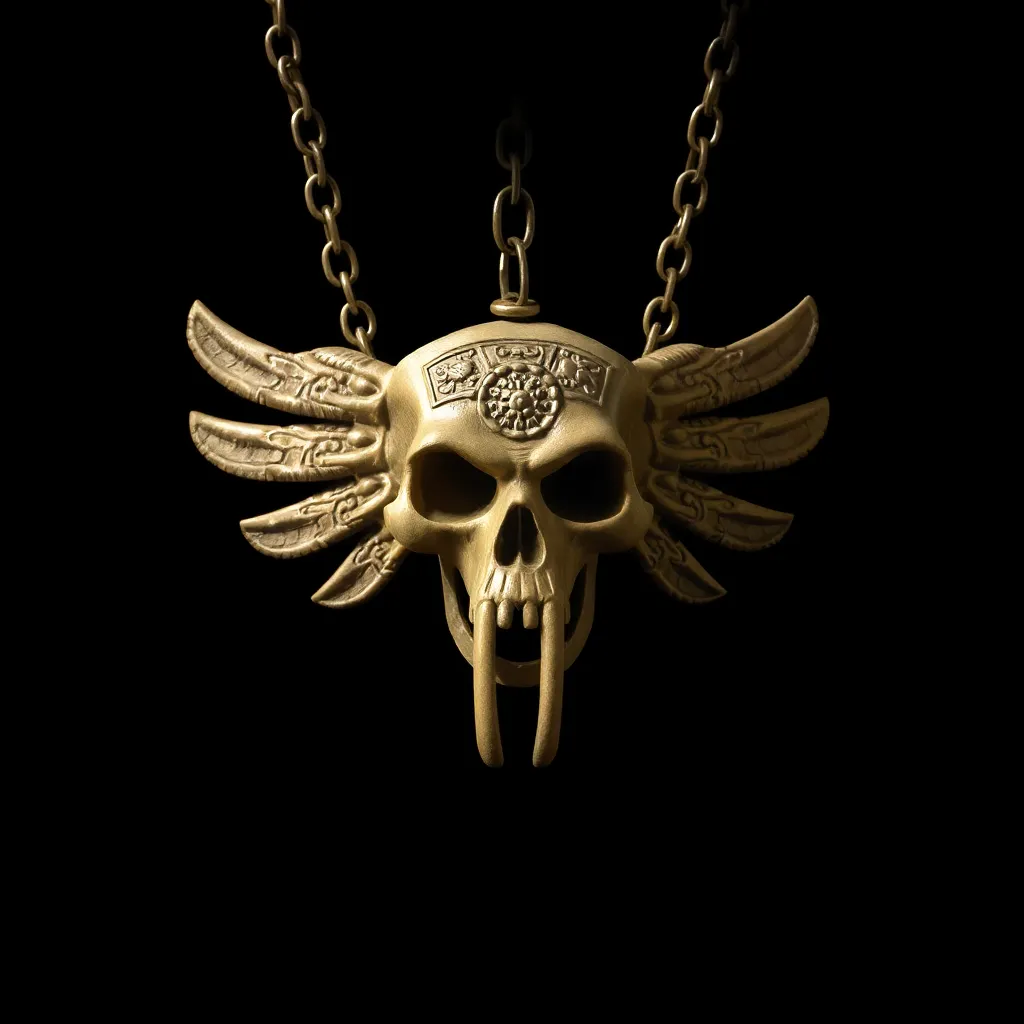From Myth to Modernity: The Legacy of Celestial Beings in Popular Culture
I. Introduction
Celestial beings are often defined as supernatural entities that exist beyond the earthly realm, encompassing a variety of figures such as angels, gods, and spirits. These beings have held significant importance across various cultures and mythologies, serving as symbols of hope, guidance, and the unknown.
Their significance in mythology and culture can be traced back thousands of years, impacting religious beliefs, artistic expressions, and storytelling traditions. This article aims to explore the historical context, literary representations, artistic influence, religious significance, and societal impact of celestial beings in modern popular culture.
II. Historical Context of Celestial Beings
A. Origins in Ancient Mythology
Celestial beings have their origins in ancient mythologies, serving as powerful symbols within the narratives of various cultures:
- Greek Mythology: Gods such as Zeus and Aphrodite represented various aspects of life, embodying both divine power and human emotion.
- Egyptian Mythology: Deities like Ra and Osiris were integral to the Egyptians’ understanding of life, death, and the afterlife.
- Hindu Mythology: Figures like Indra and Vishnu played vital roles in maintaining cosmic order, showcasing the moral and ethical dimensions of celestial beings.
These beings often symbolized fundamental human concerns, such as the struggle between good and evil, life and death, and the quest for knowledge and understanding.
B. Transition from Myth to Folklore
As societies evolved, so did the narratives surrounding celestial beings:
- Evolution of Stories: Celestial beings transitioned from mythological figures to characters in folklore, adapting to the changing values and beliefs of society.
- Influence on Societal Beliefs: These stories often reflected societal norms, shaping cultural practices and rituals surrounding life events such as birth, marriage, and death.
III. Celestial Beings in Literature
A. Representation in Classic Literature
Celestial beings have been prominently featured in classic literature, often serving as central characters that reflect the human condition:
- Dante Alighieri’s “Divine Comedy”: Celestial beings guide Dante through the realms of the afterlife, symbolizing divine wisdom and justice.
- John Milton’s “Paradise Lost”: The character of Satan, a fallen angel, explores themes of rebellion and the nature of good and evil.
These works exemplify the complex characterization of celestial beings, intertwining them with human struggles and moral dilemmas.
B. Modern Literary Interpretations
In contemporary literature, celestial beings have found new life in emerging genres:
- Fantasy: Authors like Neil Gaiman and Philip Pullman reimagine celestial beings, often placing them in conflict with human characters.
- Science Fiction: Celestial themes are explored through the lens of advanced technology and extraterrestrial beings, expanding the traditional definitions of divinity.
These modern interpretations have significantly influenced contemporary storytelling, blending traditional myth with innovative narratives.
IV. The Influence of Celestial Beings in Visual Arts
A. Depictions in Classical Art
Throughout history, celestial beings have been depicted in various artistic forms:
- Renaissance Art: Artists like Michelangelo and Raphael portrayed angels and biblical figures with a focus on beauty and divine light.
- Baroque Art: The use of dramatic lighting and emotional expressions in works by Caravaggio and Rubens emphasized the power and presence of celestial beings.
These depictions often conveyed deeper spiritual meanings, inviting viewers to reflect on their own beliefs and experiences.
B. Modern Visual Culture
In modern visual culture, celestial beings have found new avenues of expression:
- Film and Animation: Movies like “The Matrix” and animated series such as “Avatar: The Last Airbender” explore celestial themes through imaginative storytelling and visual effects.
- Graphic Novels and Comic Books: Series like “Sandman” and “Wonder Woman” incorporate celestial beings, blending mythology with modern narratives and character development.
V. Celestial Beings in Religion and Spirituality
A. Role in Various Religions
Celestial beings occupy a crucial role in numerous religions, influencing spiritual beliefs and practices:
- Angels: In Christianity, angels serve as messengers and protectors, embodying divine intervention in human affairs.
- Gods: In polytheistic religions, gods represent various aspects of life, and their worship often involves rituals and offerings.
These beings often provide a moral framework, guiding individuals in their spiritual journeys.
B. The Intersection of Religion and Popular Culture
The portrayal of celestial beings in popular culture has evolved, often reflecting contemporary beliefs:
- Adaptations in Media: Films and television series frequently adapt religious narratives, making celestial beings relatable to modern audiences.
- Commercialization: Merchandise and media representations of celestial themes have contributed to a broader understanding and acceptance of these beings in everyday life.
VI. The Evolution of Celestial Beings in Popular Media
A. Television and Film
Television and film have played a significant role in shaping the perception of celestial beings:
- Iconic Representations: Shows like “Supernatural” and “Doctor Who” have introduced diverse interpretations of celestial beings, intertwining them with human stories.
- Trends and Audience Reception: The popularity of these themes reflects a growing interest in spirituality and the unknown, resonating with modern viewers.
B. Video Games and Interactive Media
In the realm of video games, celestial beings have become integral to narrative and gameplay:
- Character Design: Games like “Final Fantasy” and “God of War” feature celestial beings as pivotal characters, influencing player choices and outcomes.
- Influence on Player Experience: The incorporation of celestial themes enhances immersion and emotional engagement, allowing players to explore complex moral dilemmas.
VII. The Societal Impact of Celestial Beings
A. Reflection of Cultural Values and Norms
Celestial beings often embody societal ideals and values:
- Case Studies: Characters like Superman and Wonder Woman reflect modern ideals of justice and heroism, aligning with cultural narratives of hope and resilience.
These representations can reveal much about the collective psyche of society, illustrating aspirations and moral conflicts.
B. The Role of Celestial Beings in Shaping Identity
Representation of celestial beings in popular culture also impacts personal and collective identities:
- Diversity in Representation: Recent trends toward inclusivity have led to a broader portrayal of celestial beings, encompassing various cultures and backgrounds.
- Impact on Modern Portrayals: The evolving representation encourages discussions about identity, belonging, and the human experience.



